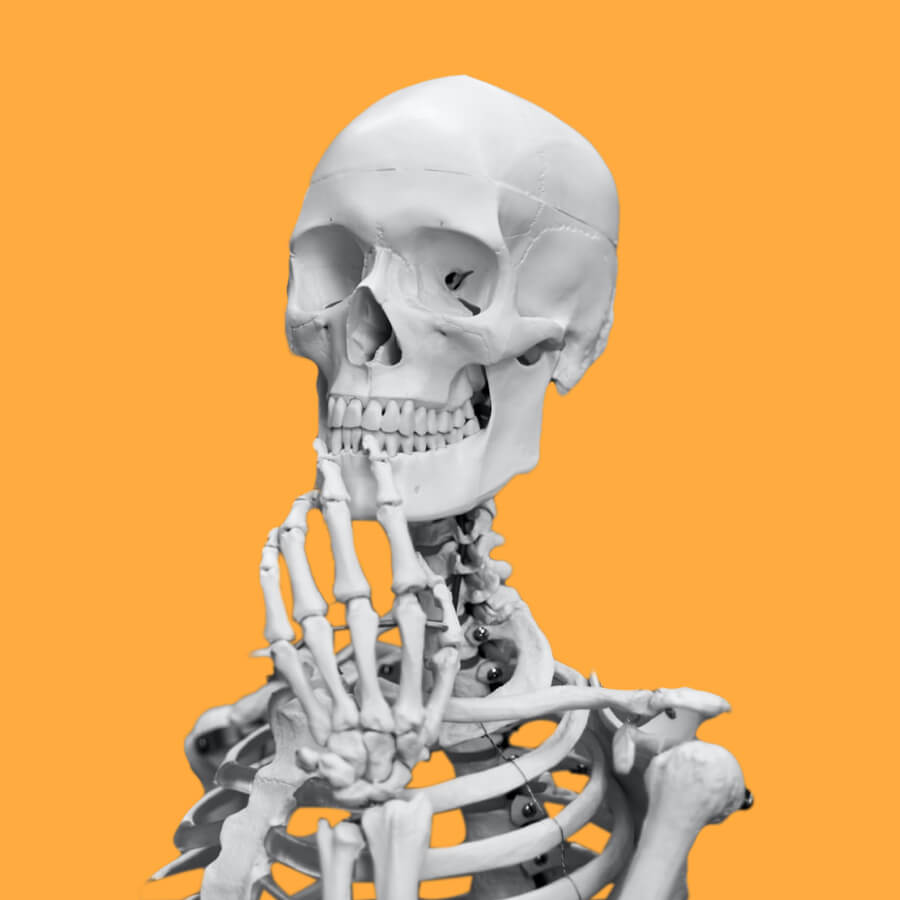Wade Harris
MSc Student
Evolutionary Studies Institute, University of Witwatersrand

Biography
I am a young researcher interested in studying macroevolutionary patterns in palaeontology.
Disciplines
Functional morphology, big data, palaeoecology
Fields of study
The skull is the most complex and functionally significant structure among land-dwelling vertebrates (amniotes), spanning more than 350 million years of evolution. Fenestrae are openings at the back of the skull, and these provide homology evidence which are used to understand diversification among amniote groups. Persistent patterns of reduction and fusion of the skull bones, termed “Williston’s Law”, are also used to support phylogenetic hypotheses, yet their origins remain unclear. Cranial kinesis is the movement of skull portions of at the intracranial joints, and this evolves repeatedly especially in squamates and birds, but its origin and functional history are poorly understood. My research aims to investigate the evolution and functional significance of skull fenestration and cranial kinesis in amniotes over their evolutionary history using the superb South African fossil record. I will quantify patterns of evolution in living and extinct amniotes on a broad scale, testing hypotheses for the: character and pattern of cranial fenestration; fusion and reduction of cranial bones; distribution and degree of cranial kinesis and how important these factors are in cranial evolution.
Awards and recognition
- Postgraduate Merit award (2021)
